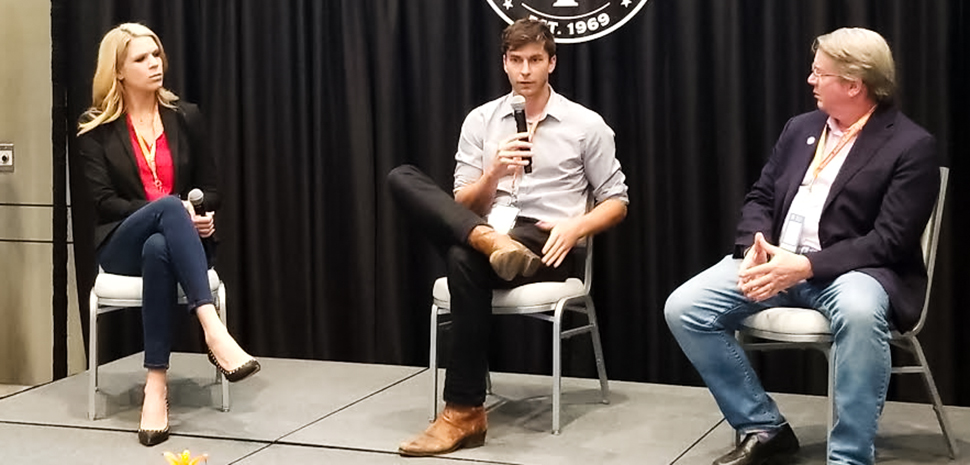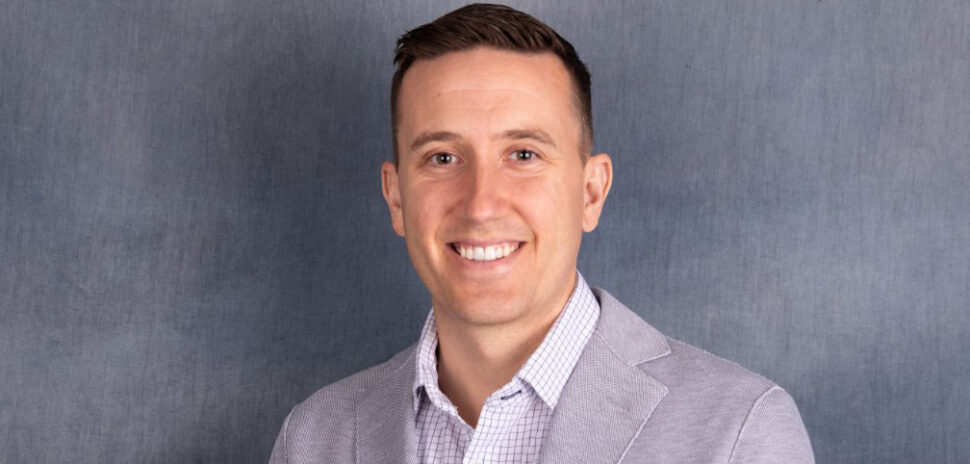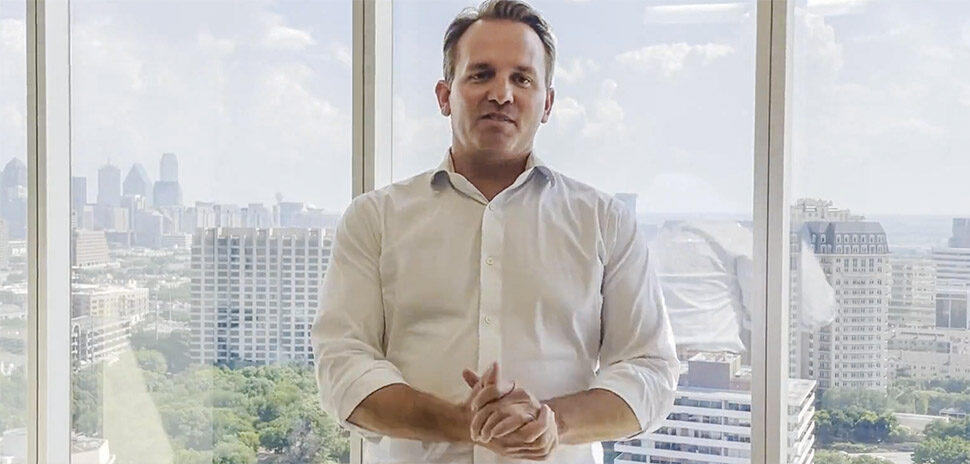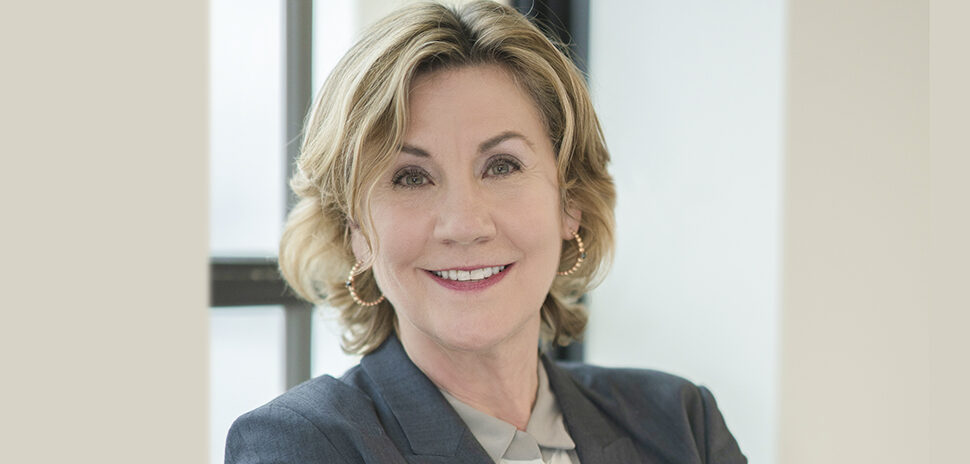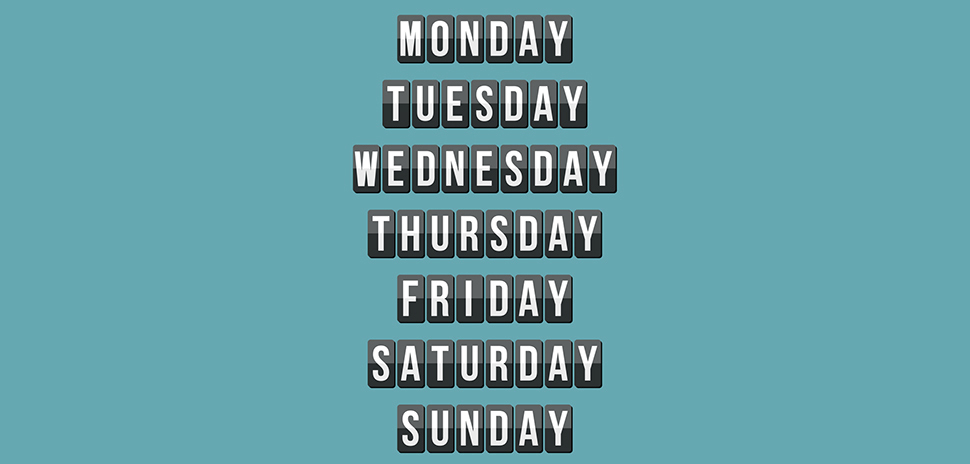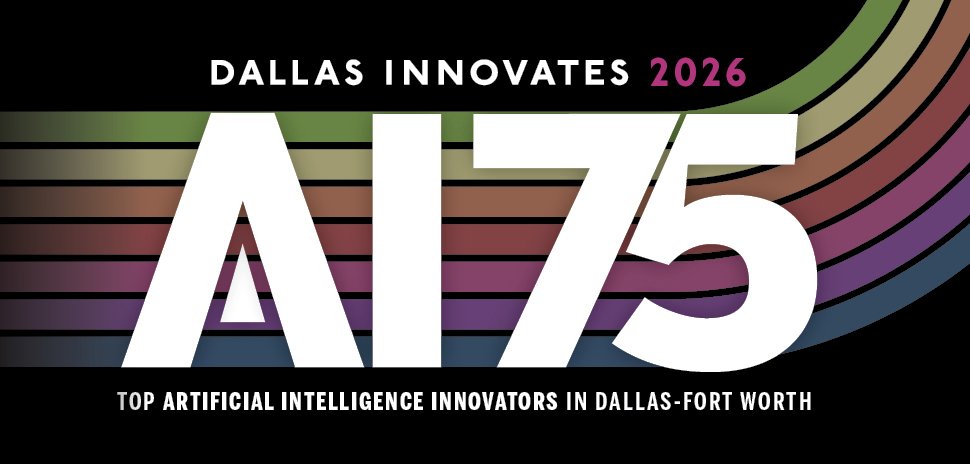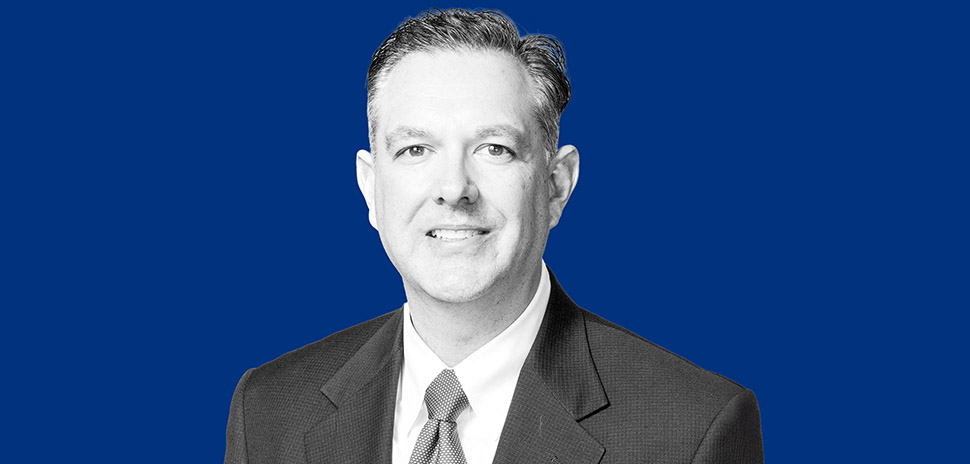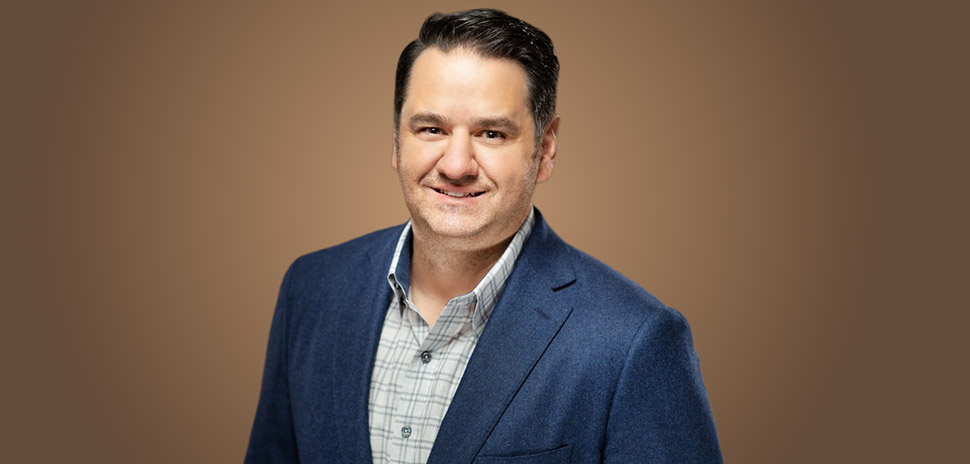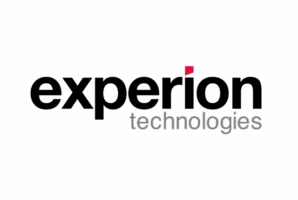The collision of artificial intelligence, blockchain, and Internet of Things is coming fast, where machines will know more about humanity than we’ve ever known, a decentralized ledger will accurately and quickly handle contracts and currency, and wearable devices and sensors will collect data on everything we do.
Experts talked about all the ways these technologies could change and disrupt the world at the Emerging Technologies Summit at the University of Texas at Dallas April 18-19. The two-day event kicked off with a keynote speech from Blockchain Research Institute Founder Dan Tapscott Wednesday followed by a day of panels and with representatives from IBM, the U.S. Securities and Exchange Commission, and leaders of startups focused on the new tech.
Instead of valuing oil, diamonds, or other commodities, the superpowers of the future will have the most data and the ability to analyze it fast, anticipate someone’s next move, and act on it.
“We’re approaching a time where everything we touch might be intelligent and connected.”
Jason Kelley
“You start to learn things about people that maybe they didn’t know themselves,” said Jason Kelley, general manager for blockchain services at IBM.
“AI is a science of teaching machines to think like a new species with radically evolved thinking capabilities that learns nothing like we do. Data is going to come from everywhere. We’re approaching a time where everything we touch might be intelligent and connected.”
Kelley highlighted a program IBM did with Walmart that uses blockchain and IoT devices to track perishable food from the farm to the processor to the distributor, and, ultimately, the store and the shelf. For example if there’s a food recall on mangos, grocery stores throw all the mangos out because it takes seven days to verify where the food originated. With this technology, it takes just seconds to see where it’s been, if it’s been stored at the right temperature, thanks to IoT sensors, and whether it should be affected by the recall.
“This is returning value to the system. This is saving lives and saving money” Kelley said. “That is the outcome that they ran after. It wasn’t, ‘Hey, can we do a blockchain project?’”
The day is coming where blockchain will rival credit card transactions in terms of speed, said Leemon Baird, founder and chief technology officer of Richardson-based Swirlds Inc.
He envisions a blockchain capable of 500,000 transactions per second.
“The blockchain ought to be as fast as the internet,” Baird said. “This will be revolutionary and will change the world.”
Baird also invented the Hashgraph. a platform that instead of blockchain uses an alternative mathematical approach known as directed acyclic graph.
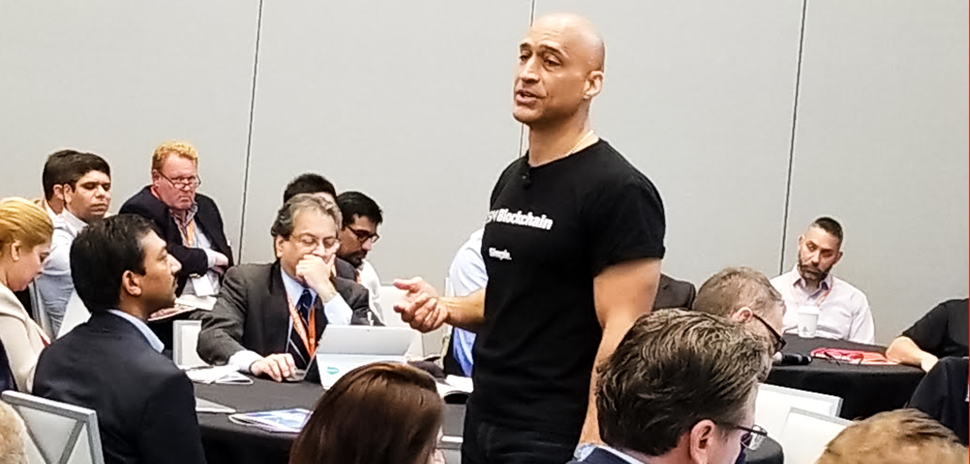
Jason Kelley, general manager for blockchain services at IBM, talks about his company’s advancement in blockchain. [Photo: Nicholas Sakelaris]
GETTING PAID IN CRYPTOCURRENCY
Mark Hopkins, a blockchain evangelist and founder and CEO of Roger Wilco Agency, said he pays his children’s allowance in cryptocurrency.
“There’s no education like managing your own crypto wallet,” Hopkins said. “I love seeing things get disrupted, it’s fun. I’m whole hog in crypto.”
The global implications of a decentralized form of currency would be huge, especially for developing countries.
“I see a lot more individual investors putting a lot of effort into the undeveloped world to bank the unbanked,” Hopkins said.
“I see a lot more individual investors putting a lot of effort into the undeveloped world to bank the unbanked.”
Mark Hopkins
Micro transactions could be integrated into IoT devices, including wearables, so people could earn cryptocurrency for various actions and behaviors. Using a verifiable ledger, it will be secure, fair, and fast.
For example, a dump truck fleet owner has started paying its drivers through blockchain in real time, Hopkins said. Every time they pick up a load and drop it off, they earn money.
Darsh Singh, co-founder and chief investment officer for Hazoor Partners, said this beats getting paid by the hour.
“They can focus on efficiency and productivity,” Singh said. “As long as I complete my tasks, I know I’m going to get paid.”
Regulating this brave new world has been a challenge for the U.S. government, while other countries are advancing much faster.
“Most regulators don’t have their arms around this right now,” Hopkins said. “I’m going to have to move to Costa Rica to keep doing what I want want to do and I’m not prepared for that, yet.”
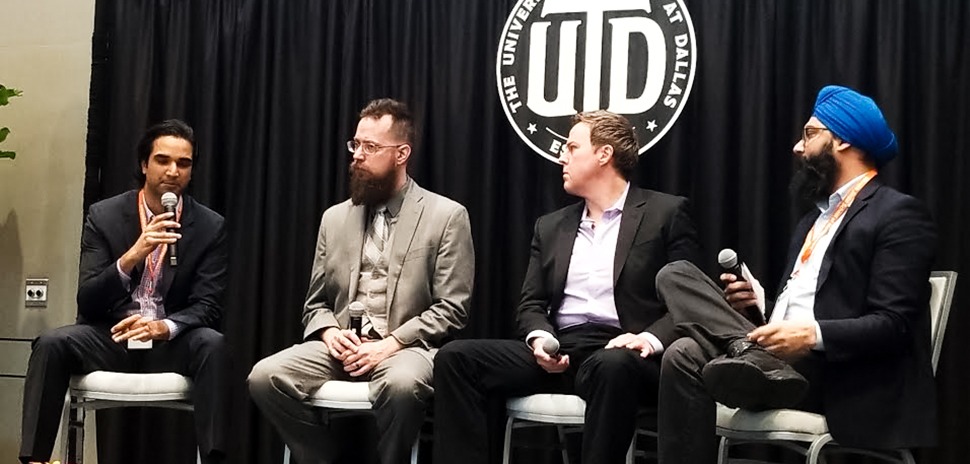
From left: Nimit Patel, Mark Hopkins, Christopher Calicott, and Darsh Singh on a panel discussing blockchain at the Emerging Technologies Summit. [Photo: Nicholas Sakelaris]
FINDING THE ‘GOOGLE’ OF BLOCKCHAIN APPLICATIONS
There have been about 26,000 different applications of the blockchain with only about 6 percent being viable use cases, Kelley said. The challenge for investors right now is whether they’re working with the blockchain equivalent of Alta Vista, a now obsolete web browser from the 1990s, or a Google.
“The entire space is very scary,” said Nimit Patel, co-managing partner of NextProtocol Capital. “Things are changing around very fast. Nothing’s entrenched. If there’s some superior technology, it becomes obsolete. Everything is moving at the speed of sound and possibly the speed of light.”
“Things are changing around very fast. Nothing’s entrenched.”
Nimit Patel
Brian Magierski, co-founder of NanoVision, has found a different use for AI, blockchain, and IoT that he said could lead to cures for cancer and other diseases.
“The current funding model is not working with big pharma and government grants,” Magierski said. “The best of technology, including data science and computing power, is not being applied correctly.”
Through the blockchain, anyone could be rewarded for their research that advances towards a cure — not just big corporations. The decentralized nature of cryptocurrency means it could cross borders.
Artificial intelligence would then analyze that research quickly.
“Our mission is to dramatically accelerate cures to the intractable diseases,” Magierski said.
Deadly outbreaks could be stopped using IoT sensors that look for super bugs that could be immune to drugs.
Disruption has already upended the retail industry in large part because Amazon is valued as a technology company — not a retailer.
To fight back, retailers have gone omnichannel where consumers can buy online and have products shipped to the nearest store or to their homes. Keeping track of where inventory is and where it should be to maximize sales has been a struggle.
Sarah Strobhar, an enterprise account executive with Onera, offers a solution that uses machine learning to find out the likelihood that a product is in a store or warehouse and the best way to get it to the customer.
“Our algorithm looks at labor and shipping costs to find the most profitable place to ship an item from. This impacts revenues on an hourly basis.”
Sarah Strobhar
“After an order is taken online, the software finds the best route based on probability,” Strobhar said. “Now, they’re trying to have same or next day delivery to compete with Amazon. Our algorithm looks at labor and shipping costs to find the most profitable place to ship an item from. This impacts revenues on an hourly basis.”
There’s a constant battle within retailers whether to have more inventory for the in-store customers or in the distribution centers where it can be shipped quickly to fulfill online orders. The machine learning software can make these inventory decisions quickly.
“There’s still a lot of tension around omnichannel,” Strobhar said. “The store wants to protect their own inventory. The best-in-class retailers are truly omnichannel where we’re all one team. Customers want it free and fast and we need to do that.”

